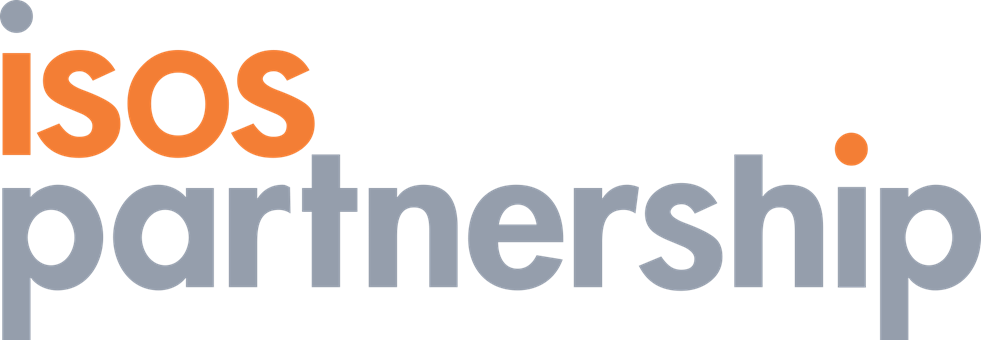How teaching school alliances lead to more effective teaching and learning
We have been working with 32 teaching school alliances (TSAs) over the last two years as part of a national research project for the National College. Our focus has been how the leadership of the alliances can develop effective teaching and learning. Isos has been co-ordinating the project with Robert Hill and Professor Qing Gu (University of Nottingham). We have facilitated the work of eight regional enquiry clusters: cross-phase groups of teaching schools that have enabled peer discussions of the alliances’ projects. The clusters met face-to-face every term, with half-termly check-ins with the research team. Alliances identified a focus for their projects and devised research questions. They chose one or a small number of interventions to test with the group of schools involved over a learning cycle. At the end of each cycle, the regional enquiry cluster met to discuss what happened and what they learned.
You can find our report and a selection of the case studies from the teaching school alliances here.
Our report describes 13 key messages that represent our learning about the leadership practices that TSAs have found that work in conducting their collaborative projects. In our report they are illustrated with examples from the work of the alliances, and we explain how they operate at three levels.
The first five messages focus on the leadership of cross-school pedagogy projects:
Select appropriate projects
Engage schools (and their headteachers)
Scope and plan
Exercise flexibility
Empower middle leaders
For example, our key message 2 explains how leaders need to be able to communicate the purpose of the project and secure support from headteachers in other schools. Leaders need to show how a wide range of schools are involved in leading and delivering the project to avoid the charge that it is all about one school wanting to ‘empire-build’.
Our key message 5 suggests that the leadership of the project across schools will take off when middle leaders are empowered. Several of our case study projects actively worked to distribute leadership to middle leaders in different schools, and several did this during the life of the projects. Building personal relationships is key to getting effective joint work going, though sometimes the relationships come out of doing something together.
There are three messages concerned with the leadership of projects to develop pedagogy working within a school:
Ensure headteacher sponsorship
Designate senior leader champions
Focus on development
Our key message 7 emphasises the importance of a senior leader (or ambitious middle leader) to drive the project forward and make it happen. An SLT-level champion can be crucial in terms of co-ordination of the project, maintaining direction, progress chasing, and keeping people on board through regular and effective communications.
Our final set of messages focus on the leadership of great pedagogy at alliance level:
Work to clear strategic priorities
Draw on skills differently
Align activity
Build trust and it will deepen and extend impact
Manage risks
Our key message 10 explains how TSA leaders need to utilise skills and behaviours differently to develop great pedagogy across an alliance compared with a single organisation. A different kind of system leadership is needed – while still being able to monitor progress, assess the impact of projects, and not let things drift. A number of the teaching schools reflected how the leadership of an alliance can only be brought about by negotiation, persuasion and invitation.
Our key message 12 describes how leaders should expect cross-school projects to help build social capital between schools and break down barriers between schools within a multi-academy trust or alliance.
Our report also highlights a series of leadership challenges that were faced by the TSAs in undertaking their projects and these are summarised on the slide below.
In our report, we also pose five strategic questions about the future role of TSAs in leading research and development (R&D) activity:
How can the Teaching School Council and TSAs articulate and lead a clear strategic vision for the role that TSAs will play in R&D over the next five years?
How can the role of TSAs in leading R&D complement TSAs role in developing and leading a school-led system?
How can government and TSAs create the necessary time and capacity to enable practitioners involved in or co-ordinating R&D activity to both carry out the work and have the time to reflect on their learning?
How can the leaders of TSAs use the opportunity of R&D activity to engage the currently un-engaged schools?
How can the leaders of TSAs make the most effective use of a variety of partners in developing this role?
The research team greatly appreciates the involvement of all the TSAs in this project, in particular for the time they have made available, their enthusiasm for their own projects, and for sharing the learning from their work.
If you have any comments on the report or this blog, please share them with @IsosPartnership on Twitter.


